By Janik Prottung (Travel mate from Germany, we met in Madrid, Spain and reconnected years later in Buenos Aires, Argentina)
On the 23rd of February we started our expedition to Machu Picchu on the Salkantay trek. This trek crosses over Peru’s “Savage” Salkantay Mountain. “Salkantay” is a Quechua word meaning “savage mountain,” and we later learned just how appropriate this name is.
The weather was better than predicted and our mood was pretty solid. But, before I start the story, I want to first introduce our plan and how we got there. We were a group of three and had found each other a couple of days earlier on Facebook. The three of us sought to hike to Machu Picchu without a guide. The best option to do so is the Salkantay trek, an alternative to the even more popular Inca trail. The trek is roughly 60 km long and is expected to take 2 to 3 days starting in Soraypampa, a small town reachable by bus and taxi.
Our Adventure Story Begins at 4am in Cuzco, Peru
After preparing and renting our gear in Cusco we were ready to go, not expecting that this first day would test us to our limits. We met around 4:00 in the morning in Cusco to take the first transport of the day, a small bus filled with locals, which was to take us straight to Mollepata. There we had to get into a small cab that had not seen an inspection for years. However, it was the only option to get to the trek. When we began the day, we had not accounted for the hour-long drive along the cliff with this wreck of a taxi. As you can imagine we were more than happy when we got to Soraypampa. While having a nice breakfast at a local hut, we saw that more and more tourists were gathering, so we decided to hit the trek to avoid the masses.
Our First Stop on the Salkantay Trek was the Stunning Laguna Humantay
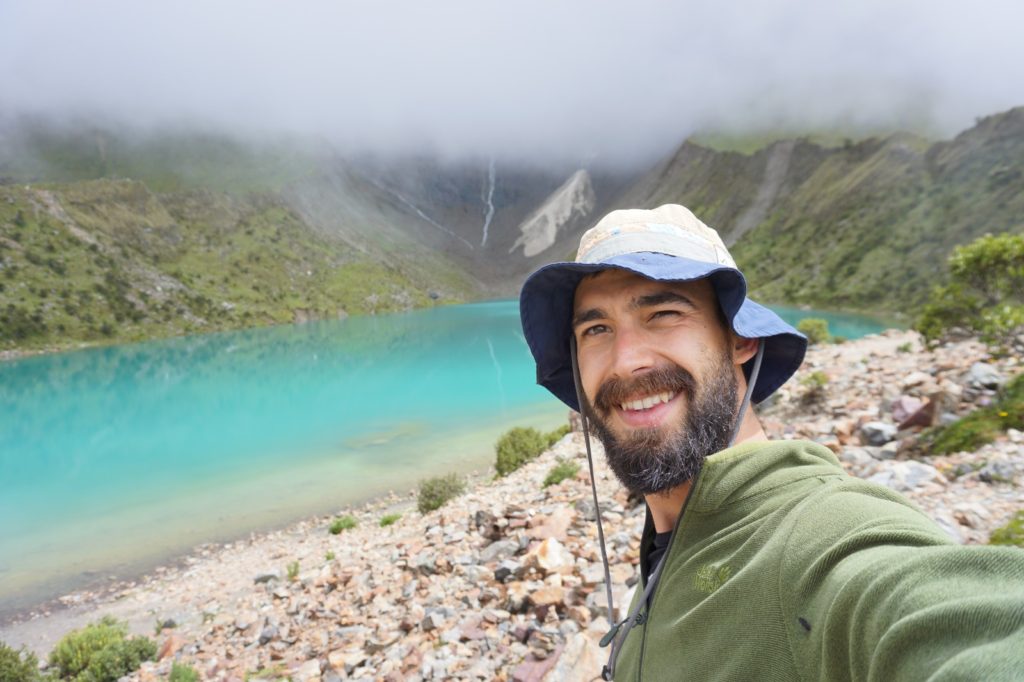
The first stop of the trek was Laguna Humantay, a beautiful mountain lake surrounded by snowy terrain. To get there, you have to walk an hour straight up hill. Enthusiastic as hell, we hit the muddy path. I was a bit too engaged and slipped directly into a trench, much to the amusement of my two new hiking mates. Thankfully, I was fine, and we could continue our uphill journey. Once we arrived at the lake, we were greeted by stunning views. We had left our luggage at the starting point of the hike since we had to come back the same way. On our way down the masses heading uphill became unbearable, as tons of unprepared and sweaty tourists gathered on the skinny path or paid local horse guides to carry them so they too could get a glimpse of the majestic laguna.
The First Leg of the Journey Went Smoothly
Back down in Soraypampa, we finally were able to take the first steps on the Salkantay trek. The first part of the route heads up to the Salkantay pass. We had good luck with the weather. Some rain here and there, but in comparison to the predicted full day of rain, everything was rather calm; here and there the clouds lifted, and we even had a view of the massive mountain. While the terrain was soaked and sometimes not easy, the trek was clearly visible, and we had the place to ourselves exactly as we had imagined and hoped.
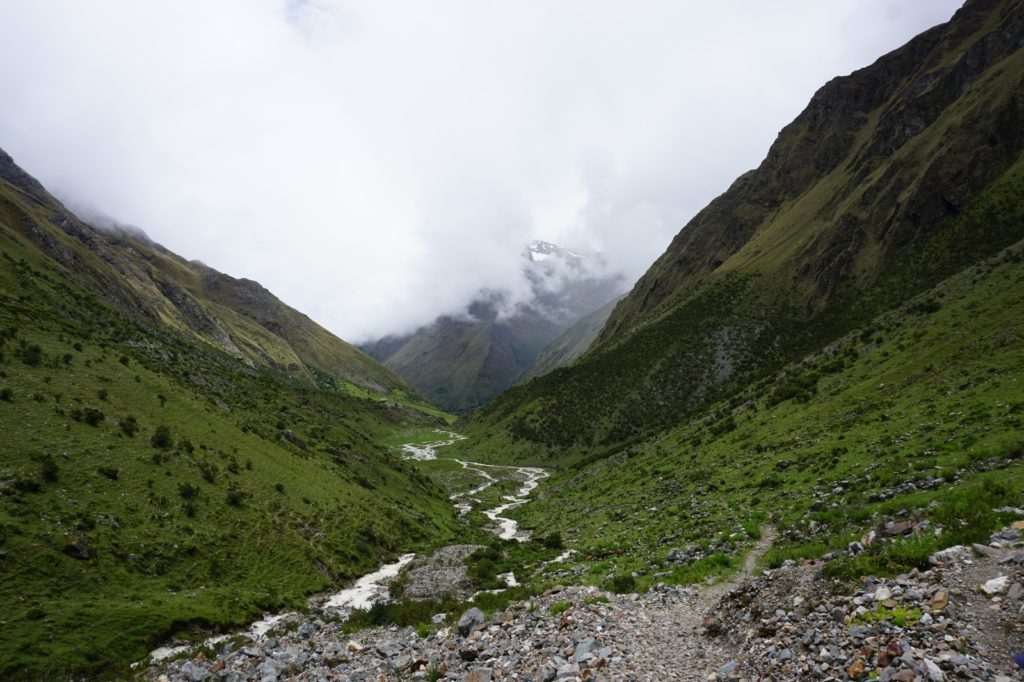
Roughly halfway through to the Salkantay pass, we made a lunch break as we found a spot to view the whole valley. Happy with our purchases the day before, it was a tasty break featuring fresh bread, some salami, cheese, pastes and vegetables that we preserved for the first day. Filled with energy we continued our trek and tackled the final 300 vertical meters.
And then an Avalanche Hit Us Out of Nowhere!
Having been lucky with the weather so far, we got increasingly worried our luck was suddenly going to turn… and it did. The rain came back and darkness fell early due to the height of the surrounding mountains. In addition, we heard loud bouts of thunder. After rejecting a local’s expensive offer to camp nearby, we decided to head further up the mountain and camp at Syrococha 4,400 m.a.s.l. another 100 vertical meters up the mountain. To have enough time to build the tents, we hurried up a bit and happily reached the long sought after terrain.
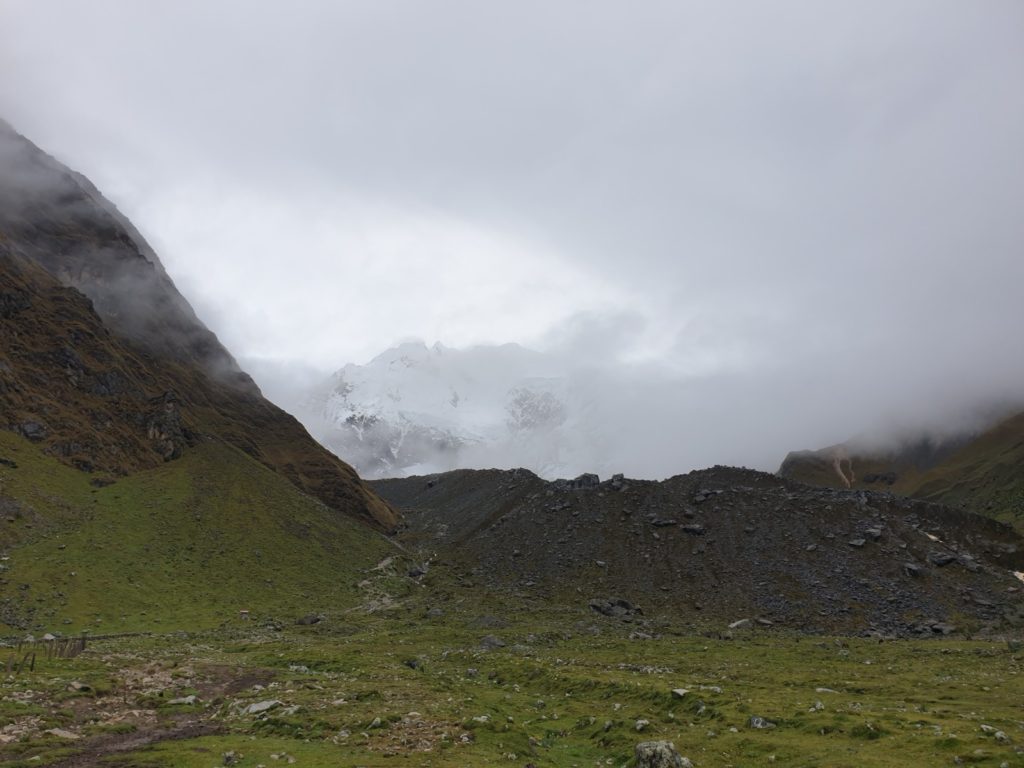
All of a sudden, we heard the loudest thunder of the day. Not thinking much about it, we continued to scout the terrain when an avalanche suddenly made its way across the edge separating our valley from the valley down the other side of Salkantay Mountain. Before we could grasp what was happening, the roughly 100 meter high cloud of the avalanche enclosed us, and we started running in a panic. We were bathed in snow, ice and sand and could not see shit. Happily, it was over as fast as it began and apart from being soaked, nobody was hurt.
Having survived this, we had to camp at an abandoned campsite a bit up the hill, hoping that no other avalanches were coming. As temperatures began to drop, we realized that we had a hard night in front of us. Barely finding a solid spot to put a tent, we managed to have our dinner as darkness took over. A hot soup and some tea were exactly what we needed. Sadly, the rented sleeping equipment was not really made for these conditions, but somehow we made it through the night and, in the morning, were ready to hit part two of the track.
Imagine if We Had Started the Trek One Day Earlier!
As we were packing up, a guy approached us. We already thought we did something wrong, when he explained that he is a mountain guide getting up and crossing the Salkantay pass to search for lost persons. Apparently, we just experienced the small side effects of a huge mud avalanche heading down the other valley. 300 houses and 5 bridges had been destroyed. Thankfully, due to the rain season a lot of the houses were empty at the time, but some people were still missing.
Overwhelmingly happy that we didn’t start the day before, we accepted the mountain guide’s advice, turned around and got back to Soraypampa, where we fully grasped the extent of the catastrophe. Locals were handing us videos with mud rivers taking along cars and houses. We heard that access to the villages and hydroelectric plant by car were blocked due to the destroyed bridges, and that a group of tourists had to be saved by helicopter. These tourists were probably exactly where we would have been had we left a day earlier.
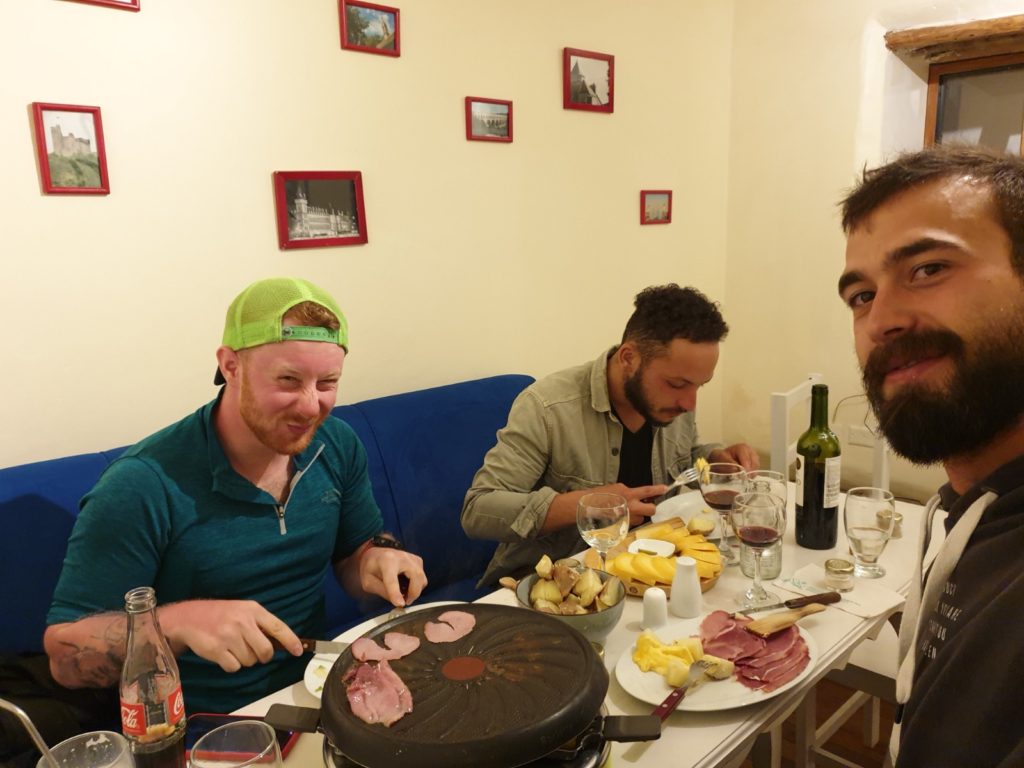
Luckily the guys at Soraypampa helped us to get back to Cusco where we took our time and reflected on what had just happened while eating some raclette in a French restaurant. Deciding that we did not want to pay the extra money to get to Machu Picchu by train, we decided that having survived an avalanche while trying to get to Machu Picchu was already an incredible enough adventure and it certainly would make a good story.
Thank you, Tanner, for providing this awesome opportunity to write about my experiences while travelling and bringing together many stories by different travelers you met on your travels. It was awesome meeting you in Madrid and then in Buenos Aires. I hope to encounter you again sometime in the future. Best of luck!
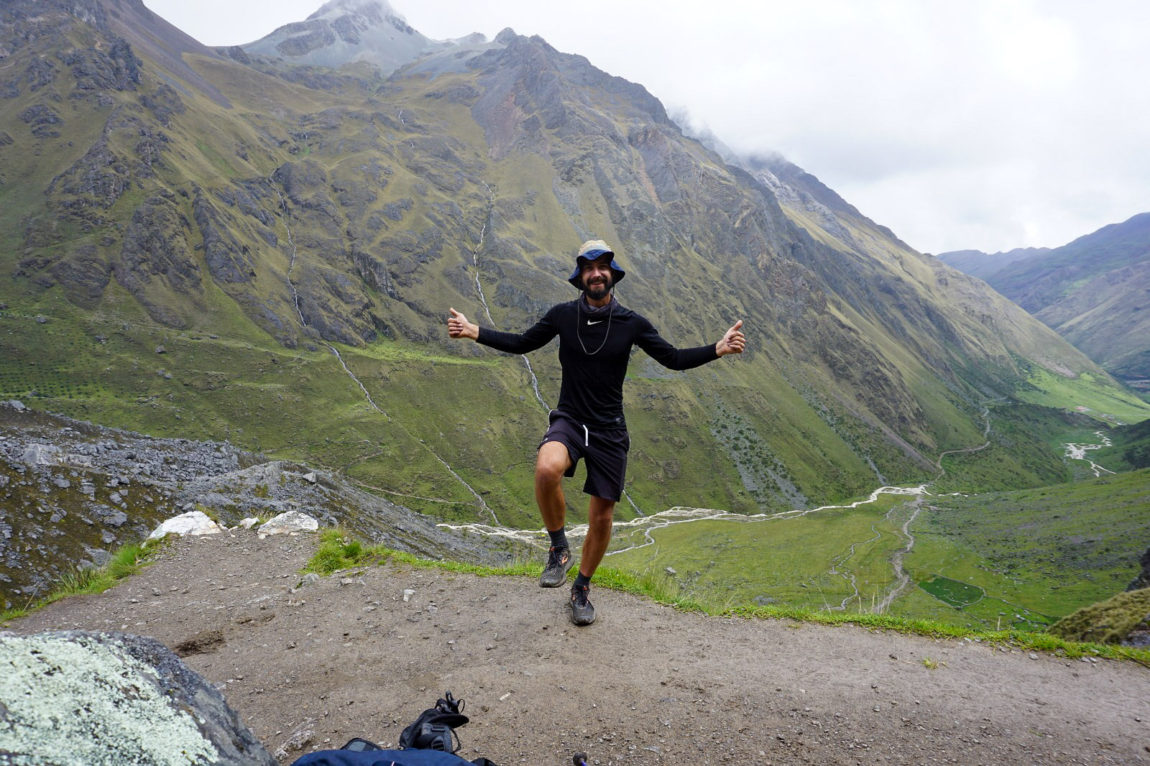
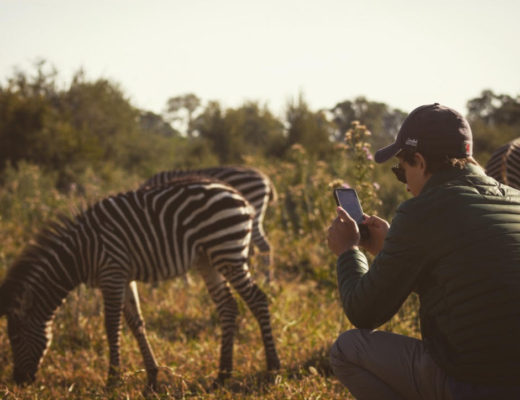

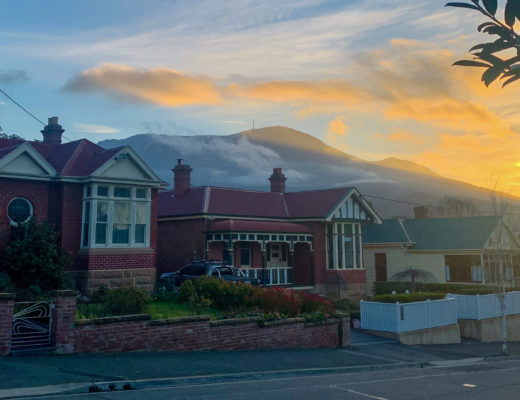
jtcombi
January 23 at 6:00 pmJanik, thank you so much for sharing your epic and scary adventure on the Salkantay Pass in Peru! I’m sure our paths will across again in the future my travel friend!